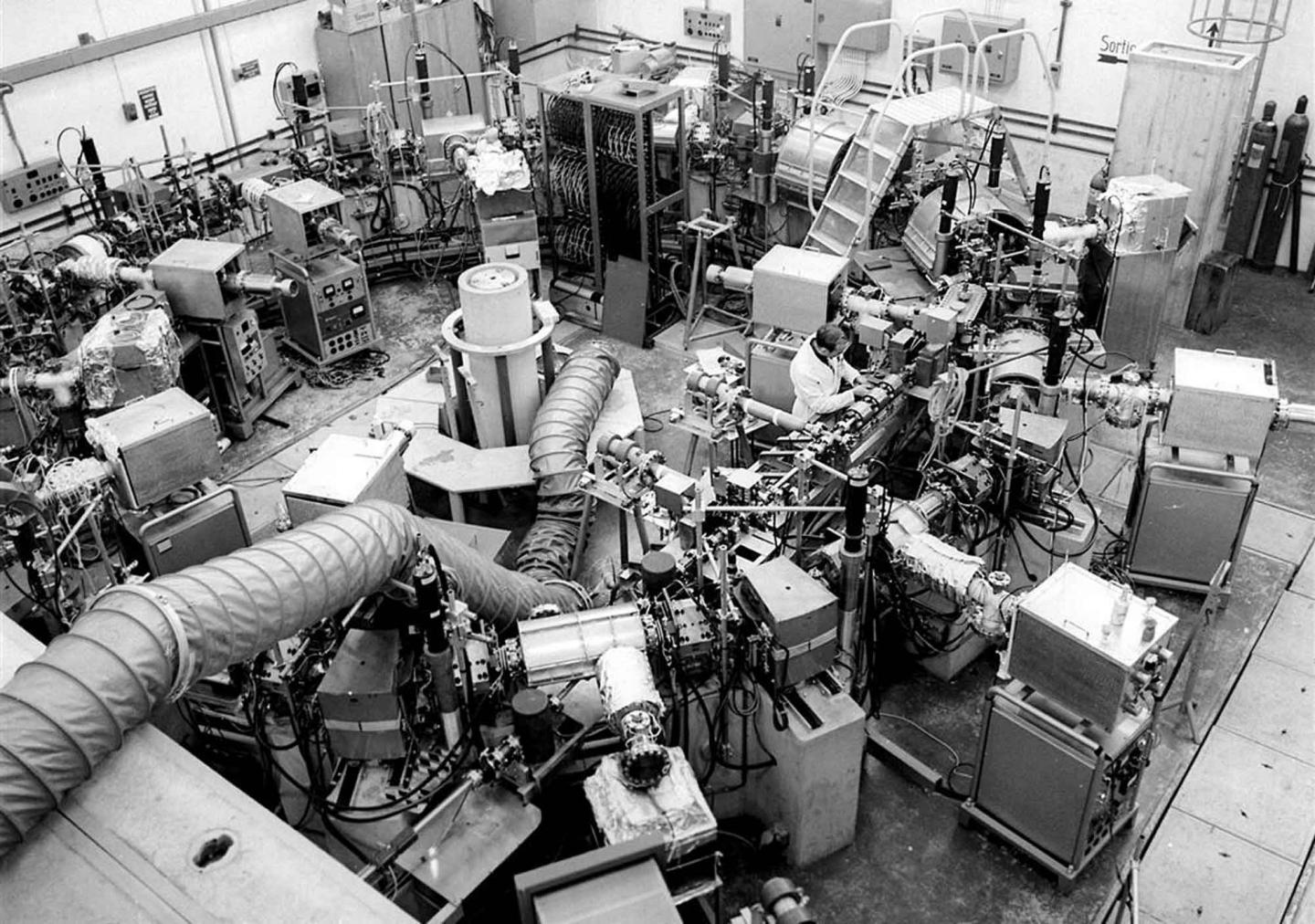On 18 December 1963, the first beam circulated in the CERN Electron Storage and Accumulation Ring (CESAR), a machine only 24 metres in circumference that set CERN on course to the Intersecting Storage Rings (ISR) and, ultimately, to the Large Hadron Collider (LHC).
In 1959 the Proton Synchrotron (PS) started up successfully, soon exceeding its design energy of 1010 protons per pulse. This prompted researchers to use the PS as an injector for a proton-proton collider consisting of two synchrotron rings, in which successive pulses would be accumulated in a process call beam stacking, without the need for further acceleration.
Design work on CESAR began in 1960. The aim of the storage ring was to check experimentally various aspects of the beam-stacking technique. Encouraging results from CESAR convinced the CERN Council to approve the ISR project in June 1965. After an experimental period from 1964 to 1967, CESAR was dismantled in 1968.
Read more: "CESAR: CERN's first storage ring" – CERN Courier

